Coronary Arteries
Coronary arteries are blood vessels that supply oxygenated blood to the muscles of the heart. These arteries play a crucial role in maintaining the proper functioning of the heart by delivering essential nutrients and oxygen to the cardiac muscle.
Structure of Coronary Arteries
The coronary arteries originate from the base of the aorta, the largest artery in the body. They branch off into smaller vessels that encircle the heart, providing a network of blood supply to the myocardium. The main coronary arteries are the left main coronary artery and the right coronary artery. The left main coronary artery further divides into the left anterior descending artery and the circumflex artery.
Function of Coronary Arteries
During periods of physical activity or stress, the heart requires increased oxygen and nutrients to meet the heightened demand for energy. The coronary arteries respond to this demand by dilating to increase blood flow to the heart muscle. Conversely, during periods of rest, the arteries constrict to reduce blood flow, thereby conserving energy.
Coronary Artery Disease
Coronary artery disease (CAD) occurs when the coronary arteries become narrowed or blocked due to the buildup of plaque, a substance made up of cholesterol, fat, and other cellular waste products. This can restrict blood flow to the heart, leading to chest pain (angina), shortness of breath, and in severe cases, heart attack.
Study Guide
- Describe the structure of coronary arteries and their origin.
- Explain the function of coronary arteries in maintaining the health of the heart.
- Discuss the role of coronary arteries in regulating blood flow to the heart during different levels of physical activity.
- Define coronary artery disease and its impact on the heart.
- Compare and contrast the main coronary arteries and their branches.
[Coronary Arteries] Related Worksheets and Study Guides:
.◂Science Worksheets and Study Guides Seventh Grade. Cell Processes

 Activity Lesson
Activity Lesson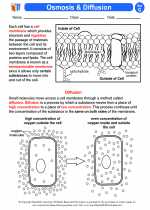
 Worksheet/Answer key
Worksheet/Answer key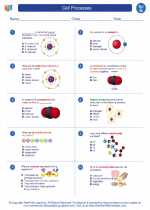
 Worksheet/Answer key
Worksheet/Answer key
 Worksheet/Answer key
Worksheet/Answer key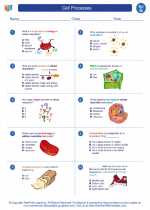
 Worksheet/Answer key
Worksheet/Answer key
 Vocabulary/Answer key
Vocabulary/Answer key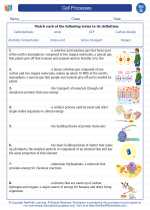
 Vocabulary/Answer key
Vocabulary/Answer key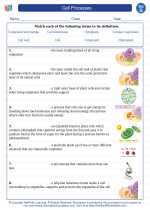
 Vocabulary/Answer key
Vocabulary/Answer key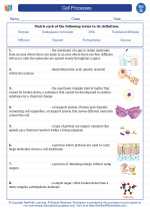
 Vocabulary/Answer key
Vocabulary/Answer key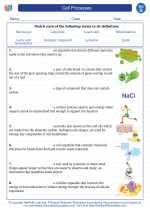
 Vocabulary/Answer key
Vocabulary/Answer key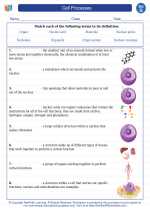
 Vocabulary/Answer key
Vocabulary/Answer key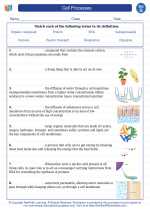
 Vocabulary/Answer key
Vocabulary/Answer key
